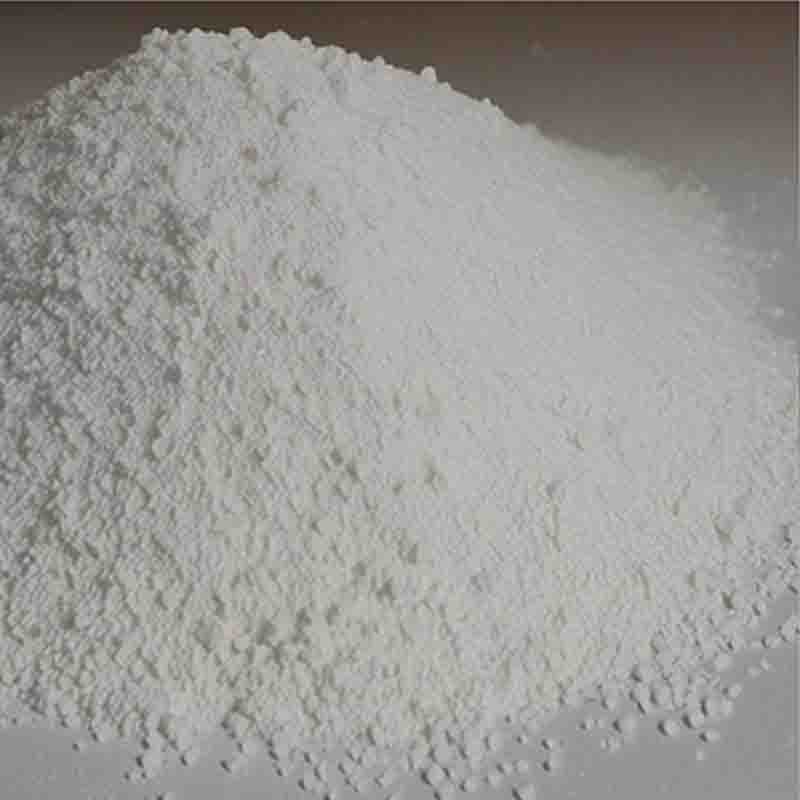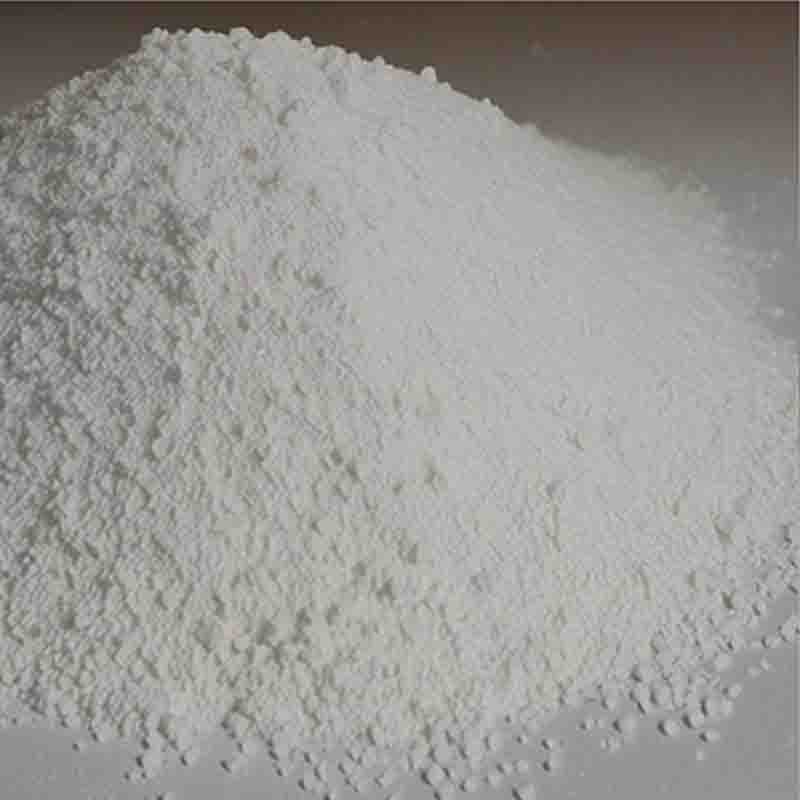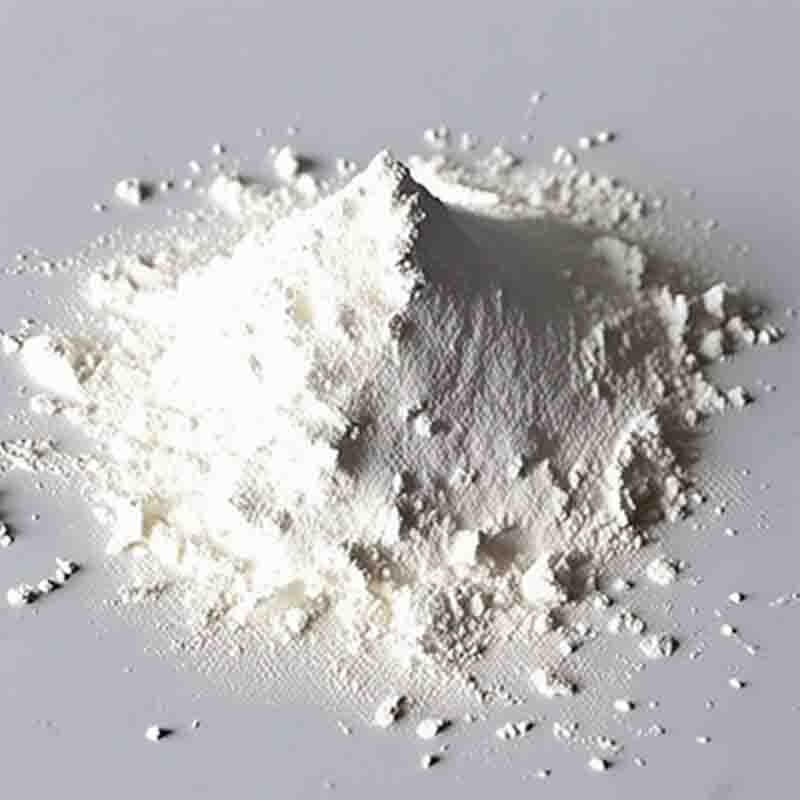RUTHENIUM II CYCLOOCTADIENE BIS-(2,2,6,6-TETRAMETHYLHEPTANEDIONATE) CAS: 12289-94-0
| Catalog Number | XD94413 |
| Product Name | RUTHENIUM II CYCLOOCTADIENE BIS-(2,2,6,6-TETRAMETHYLHEPTANEDIONATE) |
| CAS | 12289-94-0 |
| Molecular Formula | C16H18Ru |
| Molecular Weight | 311.39 |
| Storage Details | Ambient |
Product Specification
| Appearance | White powder |
| Assay | 99% min |
Ruthenium(II) cyclooctadiene bis-(2,2,6,6-tetramethylheptanedionate), abbreviated as Ru(COD)(tmhdo)2, is a complex used as a catalyst in various chemical transformations. This compound consists of a ruthenium center coordinated to two ligands, each of which is formed by the chelation of the 2,2,6,6-tetramethylheptanedionate (tmhdo) ligand.One of the main applications of Ru(COD)(tmhdo)2 is in catalytic hydrogenation reactions. It is highly efficient in promoting the reduction of different unsaturated organic compounds, such as alkenes, alkynes, and carbonyl compounds. These reactions are often performed in the presence of molecular hydrogen and a suitable solvent or co-catalyst. Ru(COD)(tmhdo)2 facilitates the activation of the hydrogen molecule, allowing for the selective addition of hydrogen across the carbon-carbon or carbon-oxygen double bonds.The catalyst has demonstrated high activity and selectivity in a wide range of hydrogenation reactions. It is particularly useful in the synthesis of pharmaceutical intermediates and natural products, where regio- and stereo-selectivity are critical. Ru(COD)(tmhdo)2 enables the hydrogenation of specific functional groups while leaving others untouched, allowing chemists to target specific regions of a molecule for modification.Additionally, Ru(COD)(tmhdo)2 finds application in catalytic transfer hydrogenation. In this process, a hydrogen source, such as isopropanol, is used as a surrogate for molecular hydrogen to reduce a substrate. This method offers advantages such as milder reaction conditions and easier handling of reagents. Ru(COD)(tmhdo)2 has proven effective in facilitating various transfer hydrogenation reactions, including the reduction of ketones, imines, and nitro compounds.Moreover, the complex is utilized in carbon-nitrogen bond formation reactions, such as the synthesis of amines and amides. It can catalyze the direct coupling of amines or ammonia with various unsaturated substrates, including alkenes and alkynes. This strategy allows for the efficient construction of nitrogen-containing compounds, which are prevalent in pharmaceuticals and agrochemicals.Overall, Ru(COD)(tmhdo)2 is a valuable catalyst in several important organic transformations. Its high activity, selectivity, and versatility make it a valuable tool in synthetic chemistry. It enables efficient hydrogenation reactions, selective reduction processes, and carbon-nitrogen bond formations, aiding in the synthesis of complex molecules with diverse applications in the pharmaceutical and chemical industries.


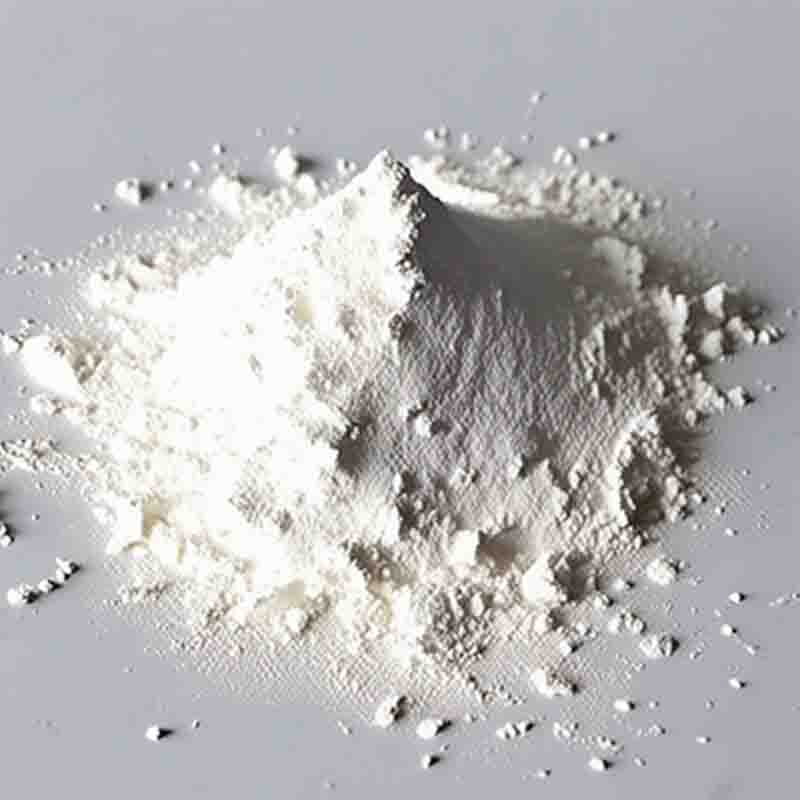

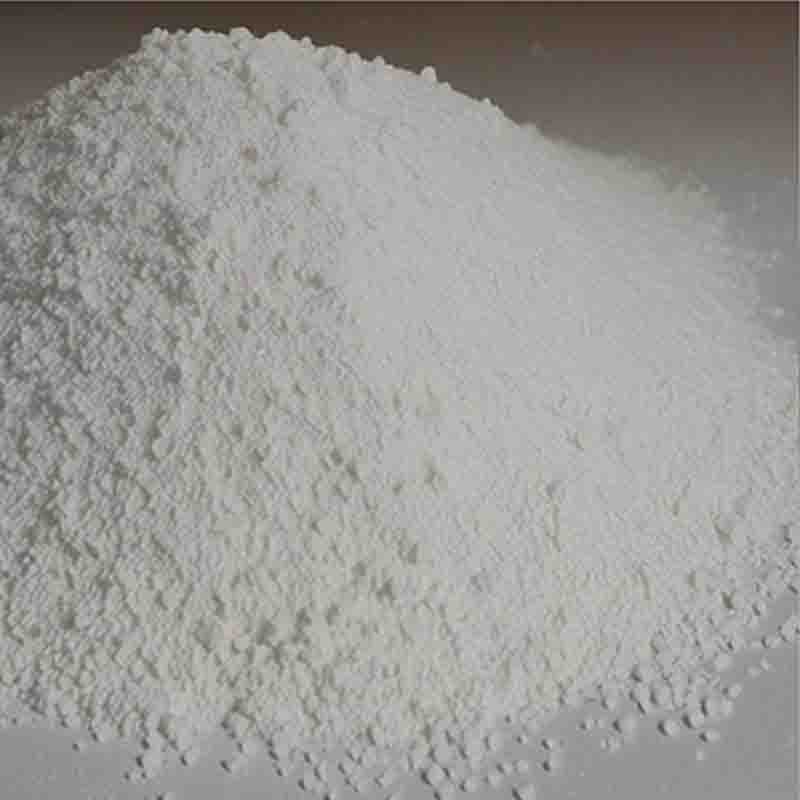
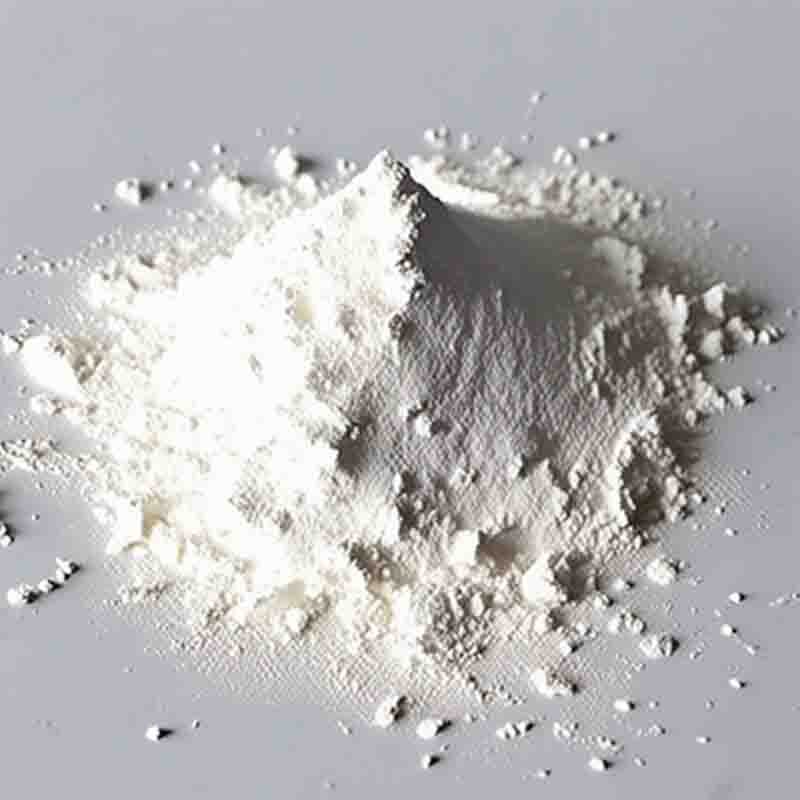
![3,9-Bis(1,1-dimethyl-2-hydroxyethyl)-2,4,8,10-tetraoxaspiro[5.5]undecane CAS:1455-42-1](https://cdn.globalso.com/xdbiochems/白色粉末21332.jpg)
